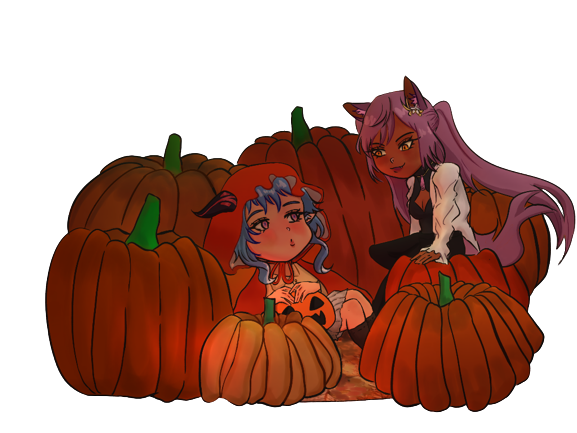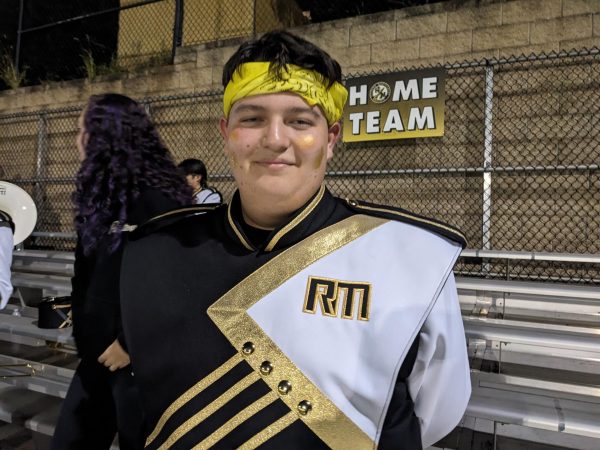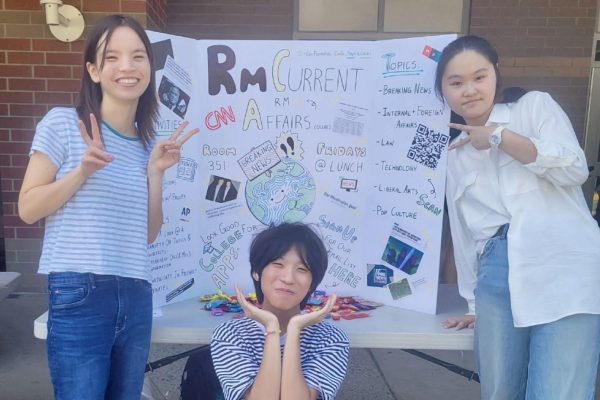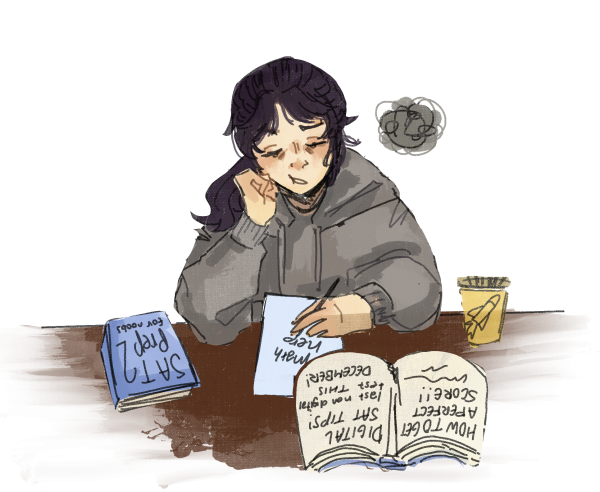Uncovering Halloween’s haunted history
Halloween wasn’t always about giving away sweet treats.
Actually, parents went house to house asking for everything but candy.
Around 2,000 years ago on Oct. 31, the boundary between the worlds of the living and dead became blurred. Many ancient civilians believed that ghosts entered the world to acknowledge their beloved family members and spook the rest of the world.
The Celts, who originally inhabited the region of the United Kingdom and northern France, prepared for the returning of the ghosts by holding sacred rituals around a lit bonfire. They called this Samhain.
During the celebration, the Celts would burn animals and crops as a way of professing their sacrifices to the gods. Costumes consisting of animal heads and skin would also be worn to predict each other’s fate in the harsh winter to come.
By 43 A.D., the Roman Empire merged with the Celts after conquering their territory. They combined Samhain with Roman festivals like Feralia, a day in late October when the Romans celebrated the passing of the dead and the honoring of Pomona. As the Roman goddess of fruit and trees, Pomona might have influenced the tradition of bobbing for apples, since she symbolized the apple.
In the ninth century, Christianity had reached the Celtic lands. The church had attempted to replace the Samhain festival with a more church-appropriate holiday to honor the dead.

On Nov. 2, 1000 A.D., the church declared this day as All Souls’ Day. It was celebrated similar to Samhain, with large bonfires surrounded by people dressed up as saints, angels and devils.
A common tradition on All Souls’ Day was the giving away of “soul cakes” from wealthy families to poor families. These cakes held a promise that the poor would pray for the souls of the homeowner’s dead relatives. This practice was later taken up by children, who would go house to house asking for gifts such as food, money and ale.
All Souls’ Day was also referred to as All-hallowmas. The night before All-hallowmas was the Samhain celebration in the Celtic region. This holiday was given an alternate name of All-Hallows Eve, which was soon changed to Halloween.
When European and Indian customs and beliefs arrived in America, they combined to form the current version of Halloween.
One of the first American Halloween traditions was “Play Parties.” Neighbors would come together to celebrate the great harvest, share stories of the dead, dance and sing.
Halloween was really only celebrated throughout Maryland and the southern colonies up until the second half of the 19th century, when the festivities became popular among new immigrants throughout the nation.
Similarly to the practice of “Souling” during All Souls’ Day, Americans would dress up and go to each house asking for food and money.
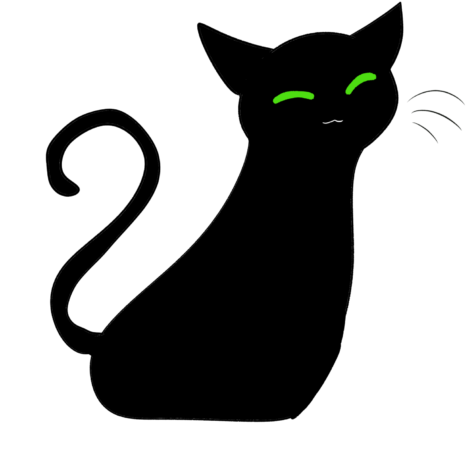
Over time, Halloween was mainly celebrated by hosting parties where community members would come together to play games, explore the new foods of the season and impersonate fictional characters. However, parents were encouraged to discard anything frightening in Halloween parties.
By the beginning of the 20th century, Halloween was not viewed as a superstitious holiday anymore.
Schools began accommodating kid-friendly parties and trick or treating became a common practice throughout communities. Residents were scared of being pranked by kids, so they started providing candy to lower the risk.
Halloween is considered now one of the most popular holidays in America. People of all ages still dress up and get candy from neighbors. Even pets are dressed in spooky costumes.
“I like dressing up. I like eating lots of candy, but this time I get to do it with my daughter and my dog,” science teacher Ms. Allison Adams said.
There are many Halloween fanatics, but not all of them particularly like the spooky aspects of Halloween.
“I Know that it’s supposed to be for kids and all, but it’s really scary. Trick or treating in the dark with a crowd, and easily being kidnapped or getting followed back home?” sophomore Kevin Ly said.

An assortment of Halloween movies have also been created to really get the spooky aura going.
The “Halloween” franchise has always been a classic in Halloween-lovers. A young boy, Michael Myers, murders his 17-year old sister and is placed in jail. But on the night of Halloween, he escapes and begins a historic killing spree.
During Halloween, our superstitions are at their fullest. We avoid crossing paths with black cats, with the fear that they are witches avoiding detection. We avoid breaking mirrors and walking on cracks, with the fear of dishonoring our mothers.
Over the years, Halloween has evolved to a nation-wide holiday.
“It makes me feel like a young child who is just hanging out with their friends doing child-like things,” senior Sophia Uberia said.
Your donation will support the student journalists of The Tide, Richard Montgomery High School's student newspaper. Your contribution will allow us to purchase equipment and cover our annual website hosting costs.
Elli Jacobs is excited to be writing for her fourth year in The Tide as the Science & Tech editor. As a senior, she looks forward to taking on challenges...


